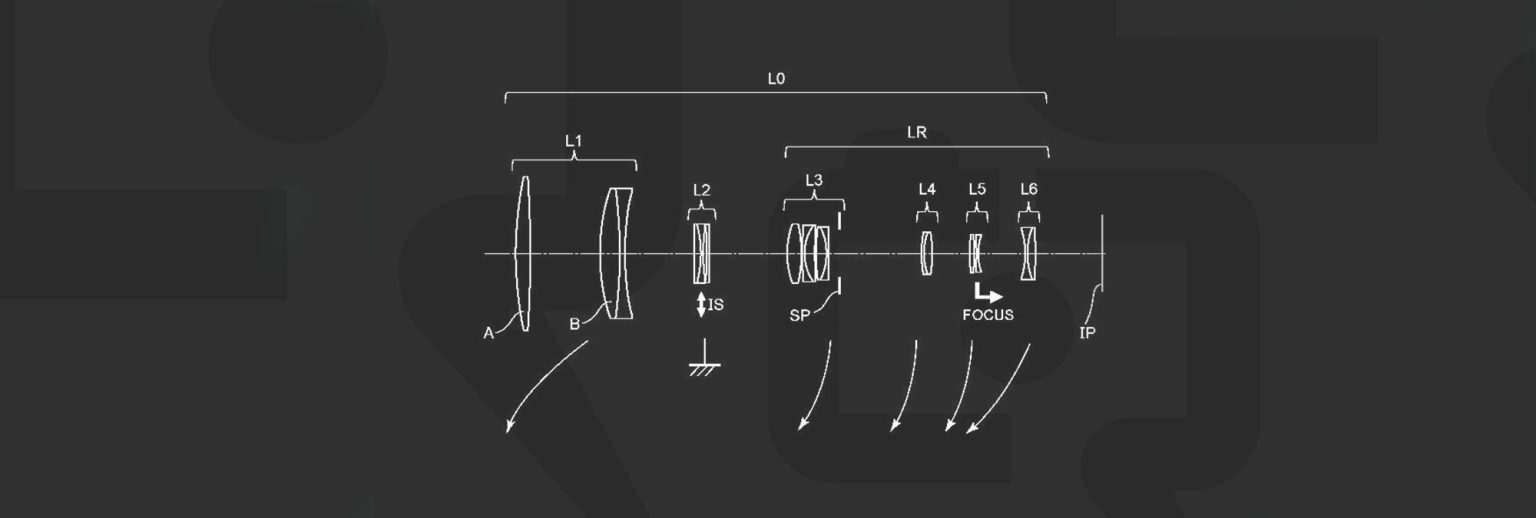This is more for your curiosity because this isn’t for an upcoming product, but one in which has already been released by Canon. But some of you may be interested in seeing some of the background that goes into making such a lens in the Canon universe.
This patent application (2024-062200) shows the RF 200-800mm F6.3-9.0 IS USM as an embodiment with the same element organization as the actual production lens.
Canon in this patent application described its objective as;
In recent years, imaging optical systems used in imaging devices are required to be small and lightweight zoom lenses that have a long focal length at the telephoto end and have high optical performance over the entire zoom range as a zoom lens whose telephoto end has a long focal length.
We can see from the patent application as well, that it was designed to be used with a teleconverter because the back focus distance is more relaxed than normal for an RF lens.
Canon RF 200-800mm F6.3-9.0 IS USM
Wide Middle Telephoto
Focal length 203.00 390.84 776.00
F number 6.42 7.30 9.18
Half angle of view 6.08 3.17 1.60
Image height 21.64 21.64 21.64
Lens length 331.63 390.98 421.61
Back Focus 37.98 61.62 96.27
Also shown as an embodiment, is a 200-500mm lens which is nearly the same size as the 200-800mm, this I think has a next to zero chance of making it into a future lens.
Wide Middle Telephoto
focal length 203.01 395.08 500.04
F number 6.43 8.04 9.18
half Angle of view 6.08 3.13 2.48
Image height 21.64 21.64 21.64
Lens length 321.37 404.17 420.39
BF 37.99 62.27 74.98
This is one patent application I can happily state made it to production.
Japan Patent Application 2024-062200
|
When you purchase through links on our site, we may earn an affiliate commission. Here's how it works. |


When Canon updates any of those designs they need to update the entire patent
If you advertised a used lens for £$800, would you just take £$776, no questions asked?
edit never mind, Nero mentioned it.
The focal length of the 800mm at the mfd is 458mm, as I have posted earlier.
I know numerical 9 is down from 10. But with aperture, one steps down from 9 to 10. And since the actual physical iris would be a smaller diameter in that case - I support my way of thinking on this.
Even now, most people I run into want things in relatable, ballpark terms like 750 or 800, not 776. The details usually come out only when comparing detailed specifications, and most of the time there really isn't a significant difference.
I treat all focal lengths and f-stops as "around x". Life is easier this way.